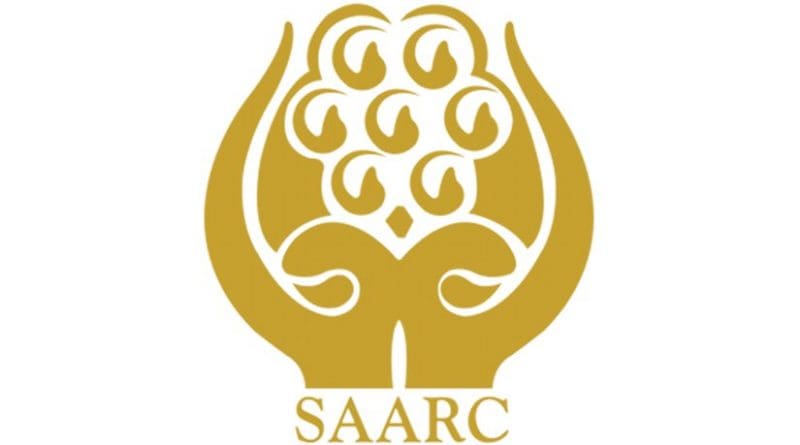South Asia Satellite: Paving Way For Sub-Regional Connectivity – Analysis
By Aniket Bhavthankar*
On August 3, 2014, while addressing the Parliament of Nepal, Indian Prime Minister Narendra Modi stressed the need to launch a common satellite for South Asia. The idea of a South Asian Association for Regional Cooperation (SAARC) satellite is not new. On April 26, 1998, the idea of a SAARC satellite was discussed by information ministers of the member states. Reviving that interest, Modi asked India’s scientific community “to take up the challenge of developing a SAARC satellite that we can dedicate to the neighbourhood as a gift from India”.
The SAARC satellite with telecommunication and broadcasting applications is expected to help India’s neighbours to improve the domestic communication systems installed in each country and place themselves in the outer space with pride. However, in a major jolt to Modi’s ambition, Pakistan has decided to pull out of the project, forcing New Delhi to change the initiative’s name, a South Asia Satellite.
Earlier, the Prime Minister saw an opportunity in leveraging India’s leadership position in space applications and satellite launch capabilities to inject further momentum to his fledgling “neighbours first” foreign policy. Modi’s proposal indicate his intent to add substance to ties with neighbours and further his agenda for regional integration.
India has always recognised that space has dimensions beyond national considerations and can only be addressed through international partnerships. Internationally, India is viewed by space faring nations as an emerging space power, with the Indian Space Research Organization (ISRO) capable of achieving its goals in a cost effective and time-efficient manner compared to its Western peers. Antrix Corporation limited, the commercial arm of ISRO, has successfully launched around 40 foreign satellites into the earth’s orbit.
India will be spending INR 235 crore (USD 400 million) and has proposed to launch this satellite by December 8, 2016, which is known as SAARC Day. On June 22, 2015, all countries discussed India’s concept note. One of the positive outcomes was that India was asked to register at the International Telecommunications Union (ITU), which allocates orbital slots and frequency spectrum to geostationary satellites.
After that India sent letters to all the South Asian neighbours to gather their official nod, which is required to be submitted for the ITU registration. India has been surprised by the delay in Afghanistan’s approval. Afghanistan feels that the country does not urgently require satellite capacity as it is already a part of Eutelsat’s satellite system which was established in May 2014, and which was thereafter renamed as Afghansat 1.
An Indo-phobic Pakistan welcomed the announcement but later flagged concerns regarding security and scope of the project.? Pakistan is anxious and thinks that the satellite could allow India to have access and secure key data on Pakistan’s sensitive information database infrastructure.?? Hence, Pakistan was pushing for the SAARC secretariat route. However, India thought that any involvement of the SAARC secretariat may lead to an inordinate delay in the project. During the 70th UN meeting, officials from India and Pakistan debated over the ownership of the project. Finally, last week, in SAARC foreign ministers’ meeting in Nepal’s Pokhara, Pakistan’s Foreign Affairs Advisor Sartaz Aziz conveyed his country’s decision to opt out from the project to his Indian counterpart Sushma Swaraj.
However, on the positive side, during the 42nd meeting of SAARC Standing Committee at the foreign secretary level on March 17, 2016, Nepal also agreed to join the India-initiated project. Bangladesh, Bhutan, Sri Lanka and the Maldives have already given their nod for the project.
The South Asian region is struggling with plenty of problems and this reminds us of the need to work beyond national territories. A South Asia satellite is not a panacea for all of these evils but provides opportunity for South Asian states to work closely for common cause and eradicate many urgent predicaments.
The larger failure of SAARC is always attributed to mutual distrust between India and Pakistan. Pakistan’s refusal to join the initiative represents the latest manifestation of that distrust. During the previous SAARC Summit in Kathmandu, two connectivity projects, Road and railway connectivity could not initiated due to Pakistan’s reluctance to sign the agreements citing the lack of internal clearance. Time and again it is proved that Pakistan is one of the stumbling blocks in the process of the South Asian regional integration.
Modi is personally committed to launch the satellite by SAARC Day this year (December 8, 2016) and hence, India’s reluctance to give up on the project and its decision to go ahead with the willing countries at the sub-regional level, under a different name, indicates Modi’s government’s strategy in the neighbourhood. Earlier, India had gone ahead with connectivity plans with countries with the Bangladesh, Bhutan, India, Nepal (BBIN) initiative in a bid to bypass Pakistan.
*Aniket Bhavthankar is a Senior Research Associate at the Society for Policy Studies, New Delhi. He can be reached at: [email protected]

